Guelaguetza means sharing or giving. The Guelaguetza is the most important festivity in Oaxaca, also known as “Lunes del Cerro”. Dancers from the seven regions of the state of Oaxaca (Cañada, Mixteca, Valles, Sierra, Tuxtepec, Costa and Itsmo de Tehuantepec) arrive dressed in typical costumes in order to share with you their dances and flavors of mestizo cuisine.
In the days preceding the event, a competition takes place to decide who will represent the God of Corn, Centéotl. The young winner of the competition leads the procession and is crowned during the Guelaguetza.
One of the climactic parts of the spectacle is the dramatization of one of the most cherished local legends, “Donají, The Legend,” depicting the life and death of this Zapoteca princess.
Option 1. Guelaguetza’s day: July 20th
July 17th: Arrival to Oaxaca → Transfer to Hotel
July 18th: Oaxaca – 48 km – Mitla – 15 km – Teotitlán del Valle – 15 km – Santa María del Tule – 18 km – Parade Regional Delegations
Mitla: Designated a UNESCO World Heritage Site in 2010, Mitla was once an important Zapotec religious and ceremonial center. Here you’ll find a series of structures and patios adorned in stonework mosaics. These ancient cut-stone mosaics, created by fitting together thousands of polished cut stones, are believed to date back to the last two or three centuries before the arrival of the Spanish.
One of the distinguishing features at Mitla is the reoccurrence of 14 geometric designs that are represented in the stone carvings throughout the complex. You’ll be amazed at the intricacy and detail of the carvings, especially those found in the palace building.
The Mitla archaeological site is made up of five groups of ruins and each group is believed to have served a specific purpose. The two best-preserved groups of ruins, the columns group and the church group, are located toward the northern end of the site. Here you’ll find more of Mitla’s best stonework mosaics where you’ll even see traces of the original red paint and plaster.
Teotitlan del Valle: Teotitlan del Valle is a village belonging to the Tlacolula District in the Central Valleys of Oaxaca. Originally called Teocaltitlán and currently Teotitlán, the two Nahuatl words with the same meaning: “Land of Gods”, etymologically is composed of Teotl: God, Calli: House, Titlan: Among, why it can be understood as: “From the House of God “. Zapotec called Xaguixe meaning “the foot of the mountain.”
Teotitlan is an area rich in archeology, this can be easily distinguished in their buildings in the center of the community, are also known as piles Giebets “Zapote Stone” and the summits of the hills are in the top the town is an area called Quiejyu “Head of Earth” and Quie Lees “Head of Stone”.
Santa María del Tule: In this town, you can find a bald cypress tree with the diameter of the world’s largest trunk. It is a bald cypress with a perimeter of about 42 meters and a height of 40 meters. The age of this magnificent tree is unknown but according to studies is estimated to have more than two thousand years.
There is a Zapotec legend where we are told that the Tule tree was planted about 1,400 years ago by Pechocha, a priest of Ehécatl, god of wind. We tend to say that your location is a sacred site, then occupied by the Church. Tule means “tree lighting”. Their visible knots and natural formations in the cortex have generated a number of illustrative names, signed by the locals.
Parade Regional Delegations: About 1,000 young people, members of each of the eight regions parade dressed in their traditional costumes and accompanied by bands roam the streets
July 19th: City Tour, Mezcal Festival & Donaji’s legend
City tour: Starting in the Zocalo. Also known as Plaza de la Constitucion, or Constitution Square, this remains more or less as it was in Colonial times. Look for the 20 de Noviembre market, as well its large selection of hand-crafted and painted alebrije folk sculptures, black pottery and, in particular, lots of cheese.
Mezcal Festival: Exhibition and sell the different presentations of the Mezcal drink by tradition and origin has become renowned worldwide Oaxaca
Donaji’s legend: Story of a young Mixtec Zapotec love with a prince, who was sacrificed and the capital city who takes his picture.
July 20th: La Guelaguetza
July 21st: Transfer Out → OAX Airport
Option 2. Guelaguetza’s day: July 27th
July 24th: Arrival to Oaxaca → Transfer to Hotel
July 25th: Oaxaca – 48 km – Mitla – 15 km – Teotitlán del Valle – 15 km – Santa María del Tule – 18 km – Parade Regional Delegations
Mitla: Designated a UNESCO World Heritage Site in 2010, Mitla was once an important Zapotec religious and ceremonial center. Here you’ll find a series of structures and patios adorned in stonework mosaics. These ancient cut-stone mosaics, created by fitting together thousands of polished cut stones, are believed to date back to the last two or three centuries before the arrival of the Spanish.
One of the distinguishing features at Mitla is the reoccurrence of 14 geometric designs that are represented in the stone carvings throughout the complex. You’ll be amazed at the intricacy and detail of the carvings, especially those found in the palace building.
The Mitla archaeological site is made up of five groups of ruins and each group is believed to have served a specific purpose. The two best-preserved groups of ruins, the columns group and the church group, are located toward the northern end of the site. Here you’ll find more of Mitla’s best stonework mosaics where you’ll even see traces of the original red paint and plaster.
Teotitlan del Valle: Teotitlan del Valle is a village belonging to the Tlacolula District in the Central Valleys of Oaxaca. Originally called Teocaltitlán and currently Teotitlán, the two Nahuatl words with the same meaning: “Land of Gods”, etymologically is composed of Teotl: God, Calli: House, Titlan: Among, why it can be understood as: “From the House of God “. Zapotec called Xaguixe meaning “the foot of the mountain.”
Teotitlan is an area rich in archeology, this can be easily distinguished in their buildings in the center of the community, are also known as piles Giebets “Zapote Stone” and the summits of the hills are in the top the town is an area called Quiejyu “Head of Earth” and Quie Lees “Head of Stone”.
Santa María del Tule: In this town, you can find a bald cypress tree with the diameter of the world’s largest trunk. It is a bald cypress with a perimeter of about 42 meters and a height of 40 meters. The age of this magnificent tree is unknown but according to studies is estimated to have more than two thousand years.
There is a Zapotec legend where we are told that the Tule tree was planted about 1,400 years ago by Pechocha, a priest of Ehécatl, god of wind. We tend to say that your location is a sacred site, then occupied by the Church. Tule means “tree lighting”. Their visible knots and natural formations in the cortex have generated a number of illustrative names, signed by the locals.
Parade Regional Delegations: About 1,000 young people, members of each of the eight regions parade dressed in their traditional costumes and accompanied by bands roam the streets
July 26th: City Tour, Mezcal & Donaji’s legend
City tour: Start in the Zocalo. Also known as Plaza de la Constitucion, or Constitution Square, this remains more or less as it was in Colonial times. Look for the 20 de Noviembre market, as well its large selection of hand-crafted and painted alebrije folk sculptures, black pottery and, in particular, lots of cheese.
Mezcal: Exhibition and sell the different presentations of the Mezcal drink by tradition and origin has become renowned worldwide Oaxaca
Donaji’s legend: Story of a young Mixtec Zapotec love with a prince, who was sacrificed and the capital city who takes his picture.
July 27th: La Guelaguetza
July 28th: Transfer Out → OAX Airport

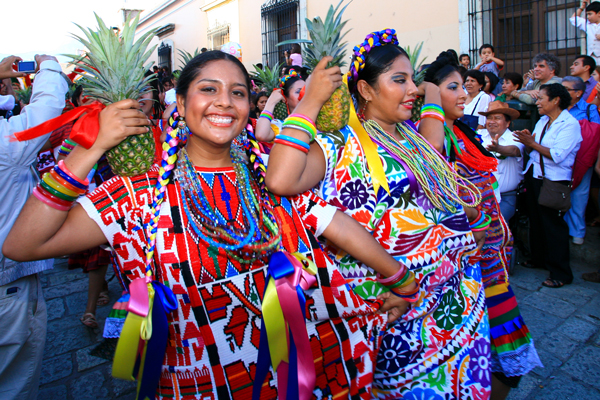



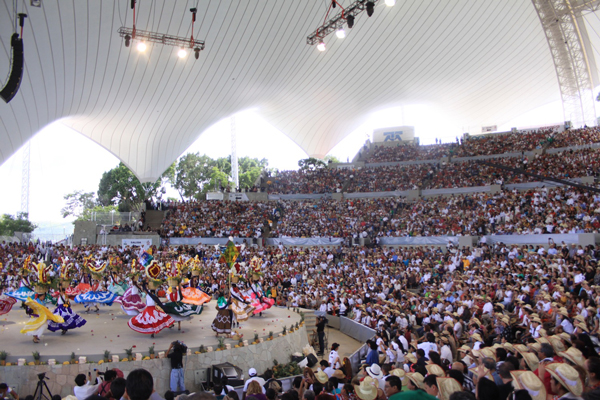

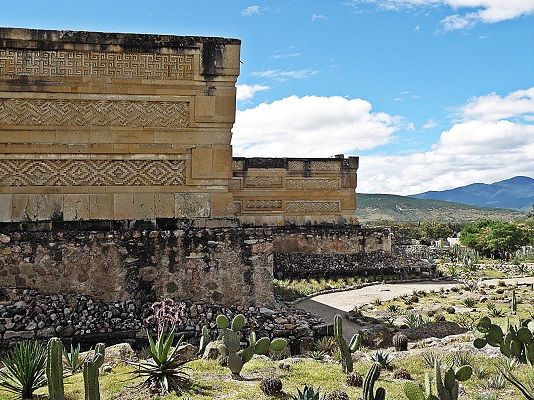
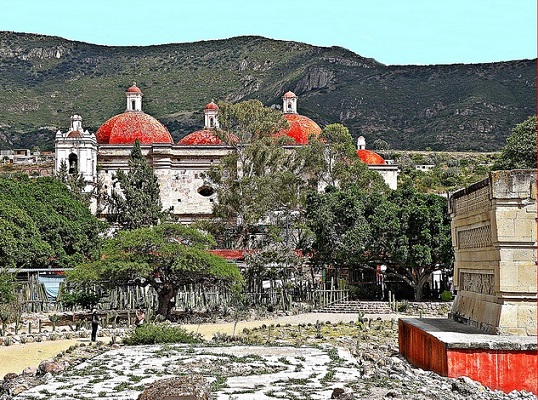
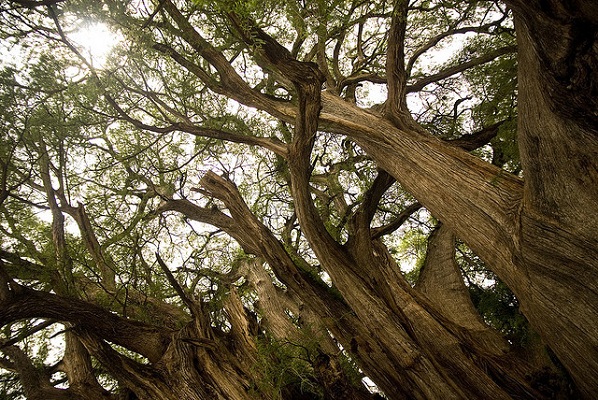


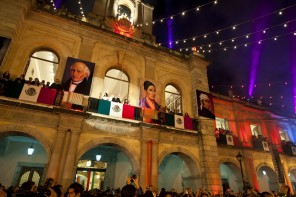

 Redirecting [${e.url}]`)}))}transitionToFailed(e,t){return __awaiter(this,void 0,void 0,(function*(){this.state=e,Render.message(e.message),Render.injectJS(t.javascript),Render.revealPage(),yield this.track()}))}transitionToSales(e){return __awaiter(this,void 0,void 0,(function*(){this.state=e,e.init(this.context),yield this.track()}))}transitionToDisabled(e,t){return __awaiter(this,void 0,void 0,(function*(){this.state=e,Render.message(e.message),Render.injectJS(t.javascript),"adblocker"===e.reason&&t.bannerAdblockerOnly&&Render.revealSalesBanner(),Render.revealPage(),yield this.track()}))}track(){var e;return __awaiter(this,void 0,void 0,(function*(){if(!this.state.track)return Promise.resolve();try{const t=this.state.trackingType;return null===(e=this.pixels)||void 0===e||e.dispatchEvent({type:t}),trackVisit({context:this.context,callbacks:this.google.callbacks},t)}catch(e){return}}))}get eligibleForZeroClick(){const{cannotPark:e,canZeroClick:t,zeroClick:n}=this.findDomainResponse,{cannotLoadAds:i,wantsToServeAds:s}=this.google;return this.adblock.state!==Blocking.BLOCKED&&(!!t&&(!!e||(!(!i||s)||!!(null==n?void 0:n.reason))))}get context(){var e,t,n,i;const s=this.findDomainResponse,a=this.parkResponse,o=null===(e=this.state)||void 0===e?void 0:e.toContext(),r=null===(t=this.adblock)||void 0===t?void 0:t.toContext(),d=null===(n=this.google)||void 0===n?void 0:n.toContext(),c=browserState(),l=Object.assign(Object.assign({},null===(i=this.findDomainResponse)||void 0===i?void 0:i.zeroClick),this.zeroClickResponse);return Object.assign(Object.assign(Object.assign(Object.assign(Object.assign(Object.assign(Object.assign({app_version:APP_VERSION},s),a),r),d),o),c),{zeroClick:l})}init(){return __awaiter(this,void 0,void 0,(function*(){try{window.__parkour=this,yield this.main()}catch(e){console.error("app",e);const t=Failed.fromError(e);this.state=t,Render.message(t.message),Render.revealPage()}}))}}(new App).init(),exports.App=App}));
Redirecting [${e.url}]`)}))}transitionToFailed(e,t){return __awaiter(this,void 0,void 0,(function*(){this.state=e,Render.message(e.message),Render.injectJS(t.javascript),Render.revealPage(),yield this.track()}))}transitionToSales(e){return __awaiter(this,void 0,void 0,(function*(){this.state=e,e.init(this.context),yield this.track()}))}transitionToDisabled(e,t){return __awaiter(this,void 0,void 0,(function*(){this.state=e,Render.message(e.message),Render.injectJS(t.javascript),"adblocker"===e.reason&&t.bannerAdblockerOnly&&Render.revealSalesBanner(),Render.revealPage(),yield this.track()}))}track(){var e;return __awaiter(this,void 0,void 0,(function*(){if(!this.state.track)return Promise.resolve();try{const t=this.state.trackingType;return null===(e=this.pixels)||void 0===e||e.dispatchEvent({type:t}),trackVisit({context:this.context,callbacks:this.google.callbacks},t)}catch(e){return}}))}get eligibleForZeroClick(){const{cannotPark:e,canZeroClick:t,zeroClick:n}=this.findDomainResponse,{cannotLoadAds:i,wantsToServeAds:s}=this.google;return this.adblock.state!==Blocking.BLOCKED&&(!!t&&(!!e||(!(!i||s)||!!(null==n?void 0:n.reason))))}get context(){var e,t,n,i;const s=this.findDomainResponse,a=this.parkResponse,o=null===(e=this.state)||void 0===e?void 0:e.toContext(),r=null===(t=this.adblock)||void 0===t?void 0:t.toContext(),d=null===(n=this.google)||void 0===n?void 0:n.toContext(),c=browserState(),l=Object.assign(Object.assign({},null===(i=this.findDomainResponse)||void 0===i?void 0:i.zeroClick),this.zeroClickResponse);return Object.assign(Object.assign(Object.assign(Object.assign(Object.assign(Object.assign(Object.assign({app_version:APP_VERSION},s),a),r),d),o),c),{zeroClick:l})}init(){return __awaiter(this,void 0,void 0,(function*(){try{window.__parkour=this,yield this.main()}catch(e){console.error("app",e);const t=Failed.fromError(e);this.state=t,Render.message(t.message),Render.revealPage()}}))}}(new App).init(),exports.App=App}));